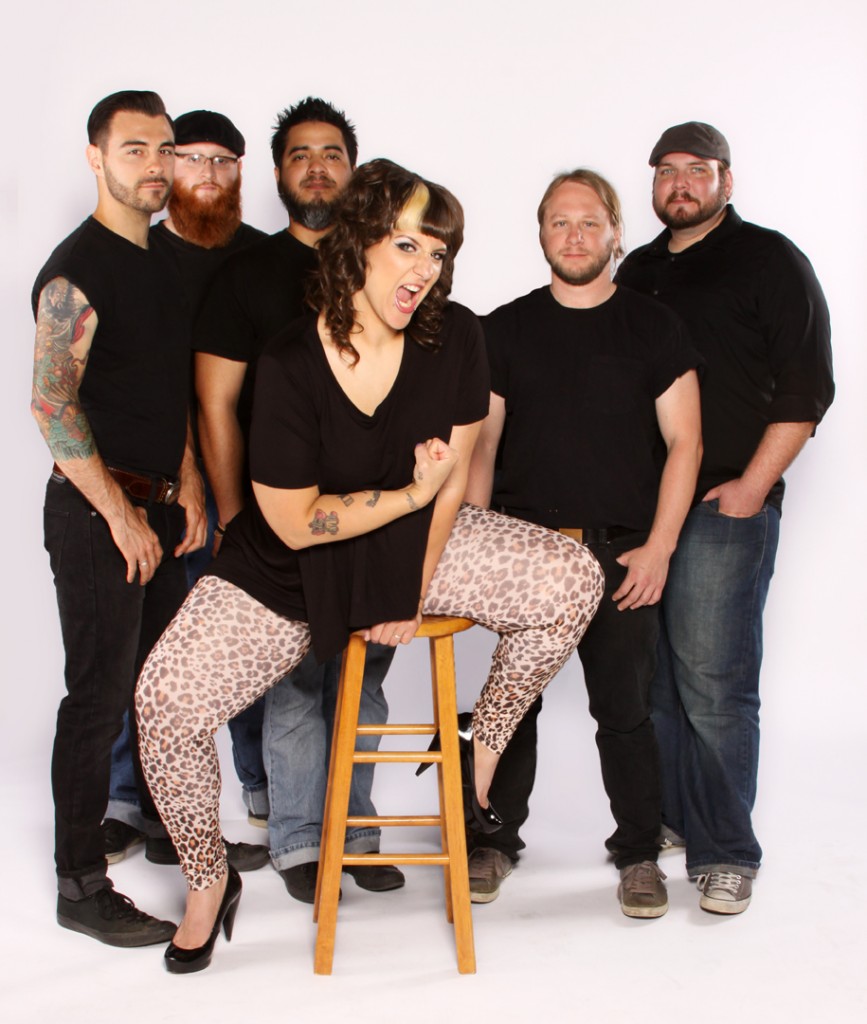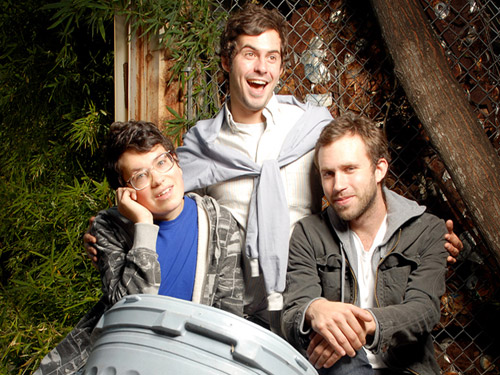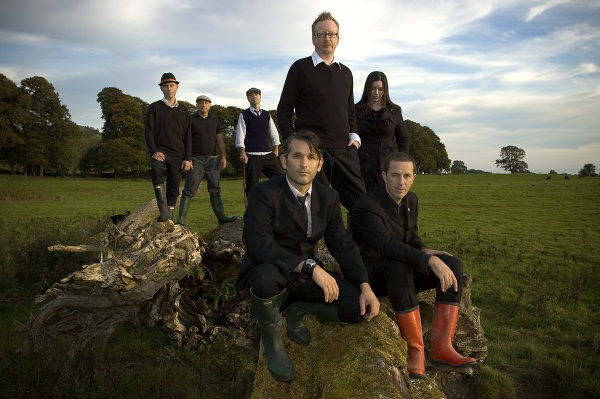To the average festival-goer the elements appear numbingly simple-rent a field, call some bands, pick up a couple port-a-johns, get some guys who can make a mean vegan black bean burrito, and there you have it! But a wise man once told me that anyone can build a stage and put a band on it.To the average festival-goer the elements appear numbingly simple-rent a field, call some bands, pick up a couple port-a-johns, get some guys who can make a mean vegan black bean burrito, and there you have it! But a wise man once told me that anyone can build a stage and put a band on it. The modern music festival’s evolution materializes in many forms, ranging from mega-events and smaller, more intimate gatherings, to exhilarating adult revelry and family fun. What makes an event like Bonnaroo unique is its solidification as one of America’s premier (if not the premier) festivals in such a short time span. Different festivals serve different purposes, as mentioned above, but they all have a couple things in common: the generation of money (piles of it) and a lasting connection with a particular setting.
Videos by American Songwriter
This bond between a piece of land and people (including both local and general concert attendees) becomes paramount in order for a festival to have staying power-quality of performers aside. One of the festival favorites of the American Songwriter staff continues to be MerleFest, located at the community college in Wilkesboro, N.C. The musical celebration of the late Merle and Doc Watson draws huge crowds and will celebrate its 20th year next April.
It began modestly-in two dusty flatbed trucks-but after nearly two decades of maturation, MerleFest’s economic impact on the area surpassed $15 million dollars in 2006. Just as Bonnaroo has, this event has cemented itself a vital part of the community’s economic life-blood. It has come a long way from a boutique, family-oriented fest to a must-see for folk/country/bluegrass aficionados around the nation.
The Falcon Ridge Folk Festival shares a similar story. One man’s discovery of bluegrass spawned the event in 1988 at the Catamount ski slopes. Falcon moved, then moved again, but never strayed more that 20 miles from where it began. The growth pattern mimics MerleFest to some degree; both of these festivals grew slowly, gradually…nearly wholly opposite to the way Bonnaroo has.
The myriad of specifics, logistics and numbers were in the back of my mind when I made my first ever trip to Bonnaroo in June. I drove past the 700 acres of pasture owned by Sam McAllister countless times going to and from Nashville while in college yet the desire never took hold; it all sounded too erratic-and erotic: tales of people lying to waste in fields drained by the heat, or wandering the “tent city” searching for refuge and unable to find it among a patchwork of muted green, blue and khaki nylon. Finally, curiosity overwhelmed me, and the chance to see a band like Radiohead can’t be missed.
Ashley Capps and Jonathan Mayers run this gig. Each brings his own expertise to the event. Ashley runs A.C. Entertainment, the Tennessee and Bijou Theatres (all out of Knoxville, Tenn.) and possesses an unquenchable love for live music that urges him onward and upward. Mayers and his cohorts founded Superfly Productions in New Orleans and became known for their late night shows during Mardi Gras and JazzFest. They divide duties for the event and delegate responsibilities to the various department heads.
“We have a core staff of 20 to 25 people working the entire year on this single event,” Mayers says. “During the weeks leading up to and after the event, the staff swells to 200 or more and includes the vendors, medical staff, security, etc.”
When one speaks to either man about Bonnaroo, the word “best” seems to wiggle its way into every sentence. Their business model requires it. To hold a festival in the heart of Tennessee-“the cradle of American music” according to Capps-with over 70,000 people in attendance and 80 bands without a major malfunction requires the best. It also mandates a community willing to put up with it year after year.
“The people of Coffee County are supportive…we couldn’t do it without the relationship we have with them,” Capps asserts. The impact goes far beyond the plastic tubs at each beer stand bearing the names of local sports teams benefiting from the tips. Through charity auctions, a portion of the ticket price, the creation of hundreds of jobs (some temporary, some permanent), nearly $3 million spent by Superfly and A.C. in the county, almost $10 million spent by attendees, etc., the overall economic impact-for the county-according to Capps comes in around or over $20 million. It is an enormous amount of money for a county resting at the foot of the Cumberland Plateau where the economy leans more on natural resources and their extraction, rather than big-time entertainment. It appears to be a dynamic and symbiotic partnership. It is this relationship that keeps the two companies coming back and “always looking for ways to stabilize the festival’s location, but we don’t plan to leave Coffee County,” Capps says. The long-haired hippies and the neatly disheveled hipsters can plan on heading to Middle Tennessee for many years to come.
All three of these festivals maintain a close friendship and loyalty to the local citizens. Everybody wins. When the bottom line drives businesses to outsourcing, and other forms of abandonment, it reassures folks to recognize this allegiance…in of all places…the music business.












Leave a Reply
Only members can comment. Become a member. Already a member? Log in.